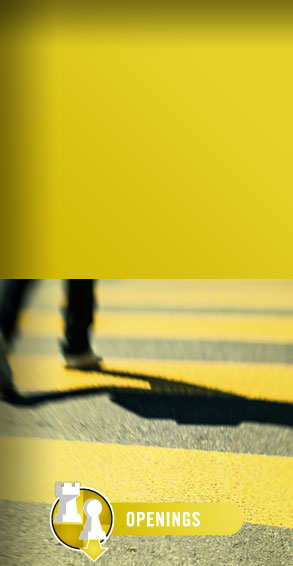 Deep Fritz 10 – Multiprocessor Version
Deep Fritz 10 – Multiprocessor Version
You know about Fritz 10, the latest racehorse in the ChessBase stable. Links
describing some of the features are at the bottom, and more articles will follow.
"Deep Fritz 10" is the multiprocessor version of
Fritz 10. The program will run on multiple processors or multiple cores, making
use of the additional computational power to speed up the overall performance
of the program. Incidentally this is not possible with the regular Fritz 10,
which will use the resources of just one processor in a multi-processor environment.
Running on a Intel Core 2 duo system, which is fast becoming the entry level
computer hardware today, Deep Fritz 10 will give you a speedup of about 1.8
as opposed to a single-processor system. This means it will run at 1.8 million
positions per seconds instead of one million on a single-core system of similar
speed.
Speed is critical in computer chess, not just if you happen to be playing
against world champion Vladimir Kramnik (iIn the current match
in Bonn, Germany, Deep Fritz is running on a very fast dual processor dual
core system which gives it around nine million positions per second). Speed
also matters when you are analysing critical positions. Normally you will not
devote three or more minutes to every postion on the board – serious
players tend to run through openings lines, testing ideas they wish to play
and pausing for just ten or fifteen seconds at each position to see if there
are any "holes" in their plans. Sometimes the extra 80% of speed
can make the difference between victory and defeat.
With Deep Fritz 10 you get the same results as Fritz 10, just a lot quicker.
Instead of having to wait three minutes for the dramatic refutation to appear
on the screen, it is there in 100 seconds; and shallower tactics are found
in ten seconds instead of 18. That may not sound like much, but when you have
hundreds of moves to test, and time is critical, you will be very thankful
that the program is giving you the correct answers in almost half the time
it would normally take.
So the best strategy for the ambitious chess player is to have a Core 2 Duo
machine (the best for computer chess at the current time, followed closely
by AMD's dual core systems) and run Deep Fritz on it. The dual core technology
also allows you to run multiple
engines more smoothly: for instance you can run Deep Fritz in single-processor
mode and have Junior 10 or Shredder 10 using the second core to produce an
alternative opinion on the current board position.
What you get
New in FRITZ 10: enhanced and improved chess engine developed
especially for the 2006 Kramnik vs Fritz match; extended openings book; updated
database; dynamic graphic tips for attack and defence; improved graphics and
move entry on the 2D board; new high resolution 3D piece sets in classical
wood; live display of the thinking process on the chessboard; more efficient
position analysis.
New chess server features: additional ranking lists, full
rankings for all players, filters for challengers with bad Internet connections,
new and simple video conference function, bullet lists in the engine room,
animated global weather display, direct link to Google Earth.
System requirements: Minimum: Pentium 300 MHz, 64 MB RAM,
Windows 2000 SP4, Windows XP SP2, DVD ROM drive, Windows Media Player 9. Recommended:
Pentium III 1.4 GHz or higher, 256 MB RAM, Windows Vista, GeForce5 or compatible
graphics card with 64 MB RAM or higher, 100% DirectX compatible sound card,
Windows Media Player 9, DVD ROM drive. Fritz is Windows Vista ready!


















 Deep Fritz 10 – Multiprocessor Version
Deep Fritz 10 – Multiprocessor Version




